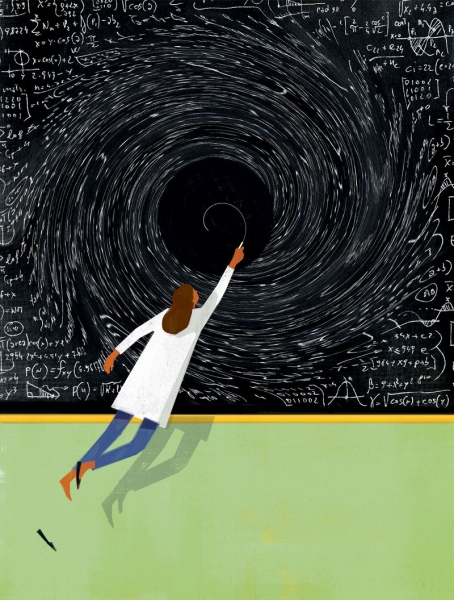What Is Spacetime?

Physicists believe that at the tiniest scales, space emerges from quanta. What might these building blocks look like?
George Musser 09 MAY 2018
People have always taken space for granted. It is just emptiness, after all—a backdrop to everything else. Time, likewise, simply ticks on incessantly. But if physicists have learned anything from the long slog to unify their theories, it is that space and time form a system of such staggering complexity that it may defy our most ardent efforts to understand.
Albert Einstein saw what was coming as early as November 1916. A year earlier he had formulated his general theory of relativity, which postulates that gravity is not a force that propagates through space but a feature of spacetime itself. When you throw a ball high into the air, it arcs back to the ground because Earth distorts the spacetime around it, so that the paths of the ball and the ground intersect again. In a letter to a friend, Einstein contemplated the challenge of merging general relativity with his other brainchild, the nascent theory of quantum mechanics. That would not merely distort space but dismantle it. Mathematically, he hardly knew where to begin. “How much have I already plagued myself in this way!” he wrote.
See full text